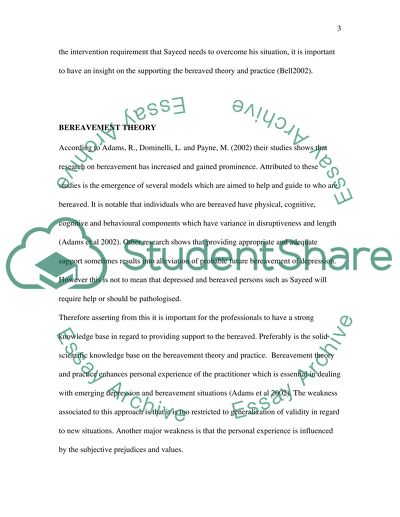Cite this document
(“Welfare, Policy And The Law In Social Work Practice Essay”, n.d.)
Welfare, Policy And The Law In Social Work Practice Essay. Retrieved from https://studentshare.org/family-consumer-science/1403459-social-work-theories-to-intervene
Welfare, Policy And The Law In Social Work Practice Essay. Retrieved from https://studentshare.org/family-consumer-science/1403459-social-work-theories-to-intervene
(Welfare, Policy And The Law In Social Work Practice Essay)
Welfare, Policy And The Law In Social Work Practice Essay. https://studentshare.org/family-consumer-science/1403459-social-work-theories-to-intervene.
Welfare, Policy And The Law In Social Work Practice Essay. https://studentshare.org/family-consumer-science/1403459-social-work-theories-to-intervene.
“Welfare, Policy And The Law In Social Work Practice Essay”, n.d. https://studentshare.org/family-consumer-science/1403459-social-work-theories-to-intervene.


